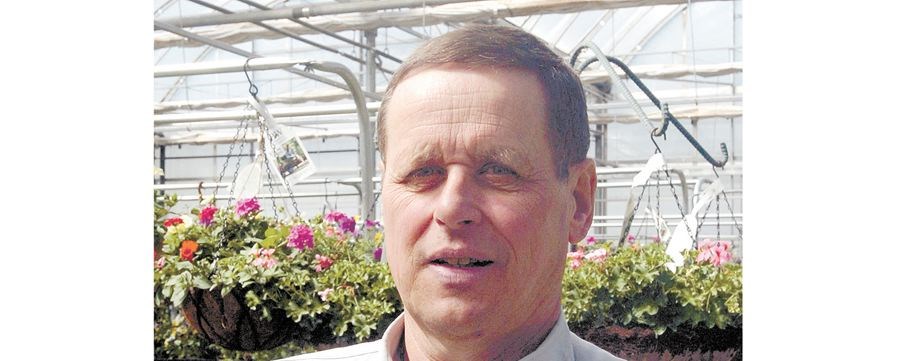It's officially spring, and time to clean the yard.
Some yards may still be covered in snow while others are already bare and are showing the first signs of early flowering spring bulbs poking out of the soil. It's good to clean up the yard in spring, as it makes the yard look attractive as well as helps keep plants healthy.
The first thing to do is walk around the yard and landscape to check and see how everything is doing. Pick up any debris such as fallen branches, pinecones, animal matter and garbage. If you didn't get a chance to cut back perennials and grasses last fall, now is the time to do it. Cut perennial stems back to eight to 10 centimetres from ground level and remove old foliage as well as any extra mulch that was placed over the perennials last fall. Last year's annuals should also be removed. Pull them out and toss them in the compost.
Unwrap trees if they were wrapped with burlap and untie cedars that were tied up for the winter. Pruning can be done as soon as the buds begin to swell on deciduous trees, shrubs and roses.
Not all trees and shrubs need to be pruned so if you are uncertain ask for advice and go to the pruning clinic being held at Art Knapps this weekend.
As temperatures warm up, get the lime sulphur and dormant oil out so that when we get a few days of above-freezing temperatures (day and night) you can apply them to deciduous trees and shrubs to kill any overwintering pests and disease.
It might be too early in some areas, but as soon as the lawn is dry you can begin working on it. When it is dry enough to walk on, get out the bamboo rake and rake off the old leaves from last year and rake out the thatch. Thatch is the layer of old grass clippings that settles on the base of soil. A thin layer of thatch is good as it helps keep the roots of the grass cool and helps in maintaining moisture. But, too much thatch will form a thick layer preventing moisture and nutrients from getting to the roots of the grass. Also rake out any accumulation of sand and gravel.
Once the thatch has been removed the lawn is ready to be aerated. Aerating is puncturing small holes into the soil to help moisture, nutrients and air get to the roots of the grass. Aerating is only done when the soil becomes compact and tight.
Spring is the best time of year to move trees and shrubs. This is done as soon as you can get a spade in the ground. First decide on the new spot for the tree/shrub and dig the hole. Then go back and dig around the tree/shrub you want to move, creating a large root ball. Place the dug-up plant on a tarp or wrap the root ball with burlap so that it is easier to move to its new location without damaging the roots. Before placing the tree in the hole, place some good quality outdoor soil in the bottom of the hole along with a large handful of bonemeal to help establish a good root system. Plant the tree to the same depth that it was before and water it in.
Perennials can also be moved and divided in the spring. Generally divide early flowering perennials after they have finished blooming or in the fall but all the others can be moved now with the exception of lilies and irises which are better to be moved and divided in the fall.
When the soil in the vegetable garden is dry, clean up all of last year's debris. Gently rake out the old foliage on strawberries and remove the old raspberry canes.



